Gardening and landscaping are a match made in heaven.
Still, few people master the secrets of both.
On the one hand, gardening and landscaping require deep knowledge of plants, seasons, and techniques. On the other hand, you need creativity, good taste, and a visually oriented mindset.
In this article, we’ll look into how you can integrate landscaping into your gardening so your garden can look breathtaking.
We’ll also discuss some critical gardening issues you should be well-versed in to keep your plants in top shape.

Choose the Right Plants
Before even considering landscaping, you should get acquainted with your plot intimately. What’s the soil like? How much sun does it get? What’s the climate?
These things will play a significant role in deciding what plants to use in the landscape.
You should research the specific needs of plants and consider all those factors. While doing so, consider that the plants you’ll get will also become an integral part of your landscaping.
It’s better to analyze plants with varied features so you can choose the more appropriate ones later on, be it bushes, flowers, trees, or any other plant.
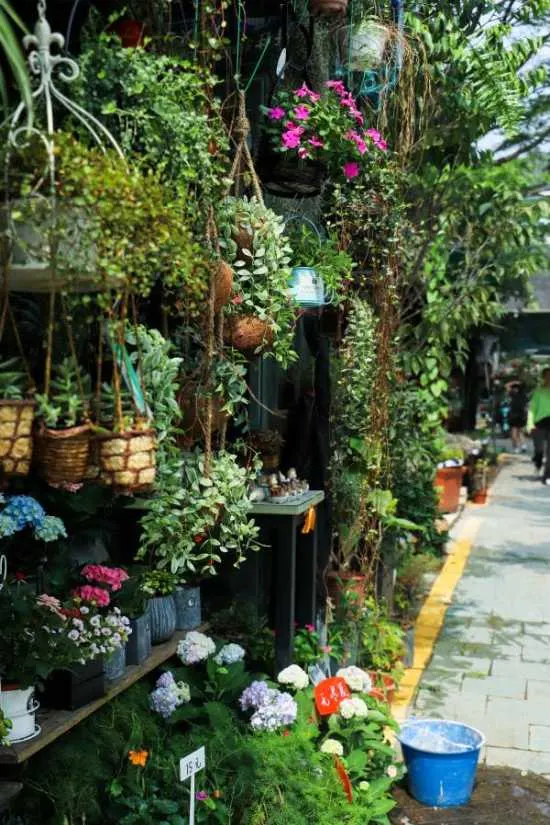
Don’t Be Shy with Decoration!
Some people consider landscaping an immutable, static scenery.
While this might be an exciting concept, it’s sometimes better to honor nature and make it a living space. This means that you can decorate and change it from time to time.
Leaving some space for seasonal topics is a great idea.
You can buy sleigh and reindeer decorations for Christmas and set up a Nativity scene on a patch of grass specifically for that purpose. When Easter comes, you can get bunnies and eggs.
The choices are endless.
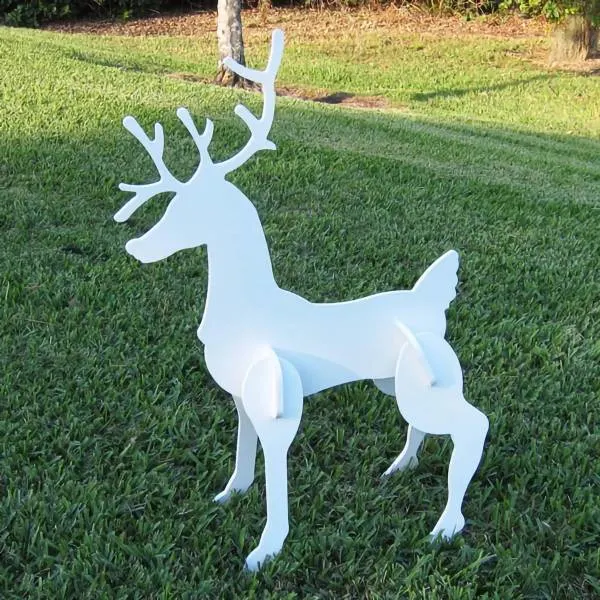
Incorporate Contrasting Elements!
If you want a modern look in your garden, you can mix up your green landscaping and some modern elements such as concrete.
You can use a concrete floor to install a gazebo or add concrete pieces such as abstract sculptures or modern water wells.
The same idea can be applied with more traditional elements: terracotta tiles, fountains, and a natural-looking artificial waterfall can make the space look even more fantastic and inviting.
Design Functional Spaces
Even though your garden might be a work of art, it’s also a living space you can enjoy with family and friends.
A practical design should incorporate both functionality and aesthetics. One of the ways to do so is by defining specific areas for different purposes, as we mentioned before.
For instance, you could designate seating zones and pathways and develop concepts for such areas. This will not only make your garden useful, but it’ll also be harmoniously integrated with the plants.
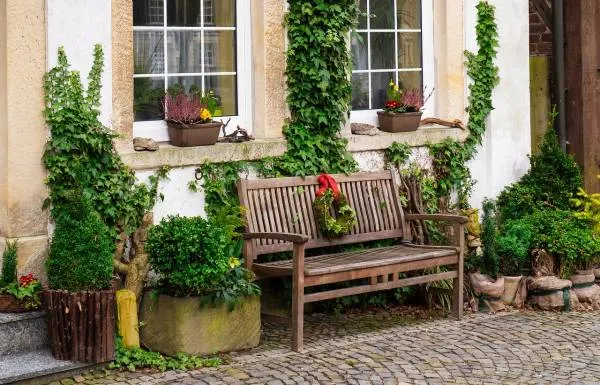
Incorporate Sustainable Gardening
One of the top trends currently is sustainable gardening.
For instance, top landscape designers are shifting the focus from aesthetics to respecting local nature.
Some people add beauty by bringing plants from different parts of the world, while this trend is exactly the opposite. The idea is to make your garden more authentic by incorporating local plants and materials.
It’s not ecological to import stones from other parts of the world when they’re locally available to you.
Also, using native plants keeps the ecosystem in balance.
Don’t Overdo It!
When you get into landscaping your garden, it’s easy to lose your head over an incredible decoration idea or element. Even worse, you can go on a brainstorming frenzy where you add every element imaginable.
Don’t do that!
The key word is “Balance.”
When choosing elements, remember that they should enhance natural beauty, not replace, or overpower it. One way to do so is by selecting items that complement the various plants’ colors, textures, and forms.
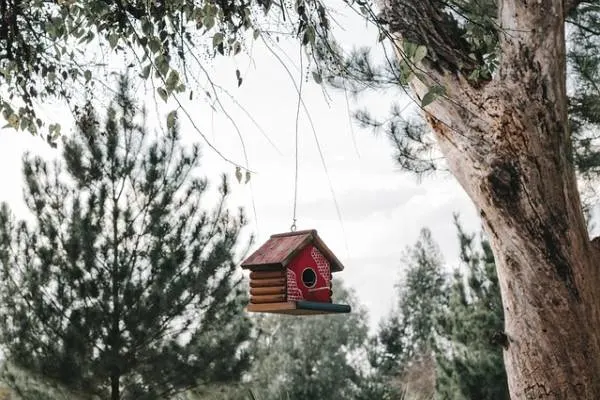
Embrace the Seasons
Depending on where you live, seasons can have marked changes. But even if they don’t, they’re still happening, and plants experience many changes with them.
That is why you should consider that as seasons change, so will your garden.
So, plan accordingly!
Ideally, it should never look like a “dead” garden. Try to use plants that go through their various stages at different times of the year to have a living, ever-changing space. Consider colors, too. In Autumn, beautiful golden foliage can make some elements contrast more, so set things accordingly.
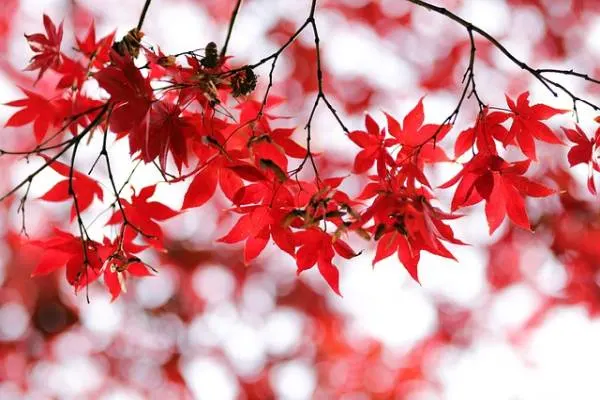
Learn About Pruning!
It requires skill and patience, but it’s integral to landscaping efforts.
Pruning is taming overgrown or dead branches and serves two distinctive purposes.
One of them is to encourage new growth. The other is giving shape to different plants, an essential skill for any landscape designer.
You can develop artistic forms that fit the overall decoration or create unique living sculptures.
Remember that it’ll need maintenance periodically.
You can hire a competent professional to do the task or learn how to do it yourself.
Remember that you’ll need specific tools for the job, but you may already have them if you’re a budding gardener.
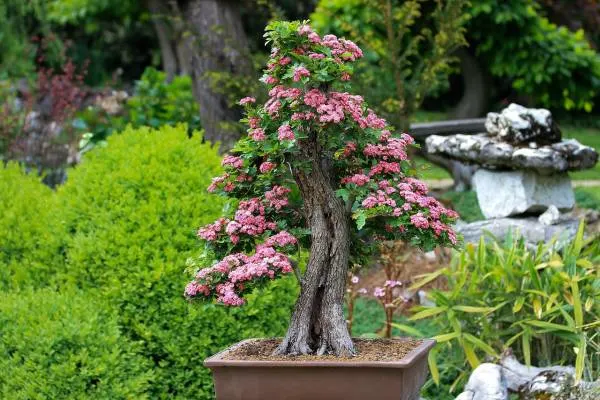
Remember to Be a Good Caretaker
Even if it looks like a work of art, your landscape is filled with living beings.
That means you should not only know how to grow plants but also how to keep them healthy. You’ll need to perform regular weeding, fertilizing, and checking to keep your plants safe from diseases or plagues.
As a side note, non-living elements also need maintenance.
The best idea is to develop a maintenance routine so you can spot any issues without them becoming huge.
Summing Up!
The world of landscaping is undoubtedly fascinating.
Even though it sometimes evokes a sense of flair and good taste, don’t think about enjoying your developed space with a glass of wine while listening to classical music.
At least, not if you want to shape the way everything looks.
It’s a lot of work, and it requires getting your hands dirty and a good knowledge of design and gardening. However, the benefits are well worth the effort. Enjoying a beautiful garden just like you envisioned is an incomparable feeling that positively impacts your health and well-being.
Just remember that plants are living beings, and they require attention.
Are you up for the challenge?
If you are, you’ll be immensely rewarded with the result.
Happy gardening!
